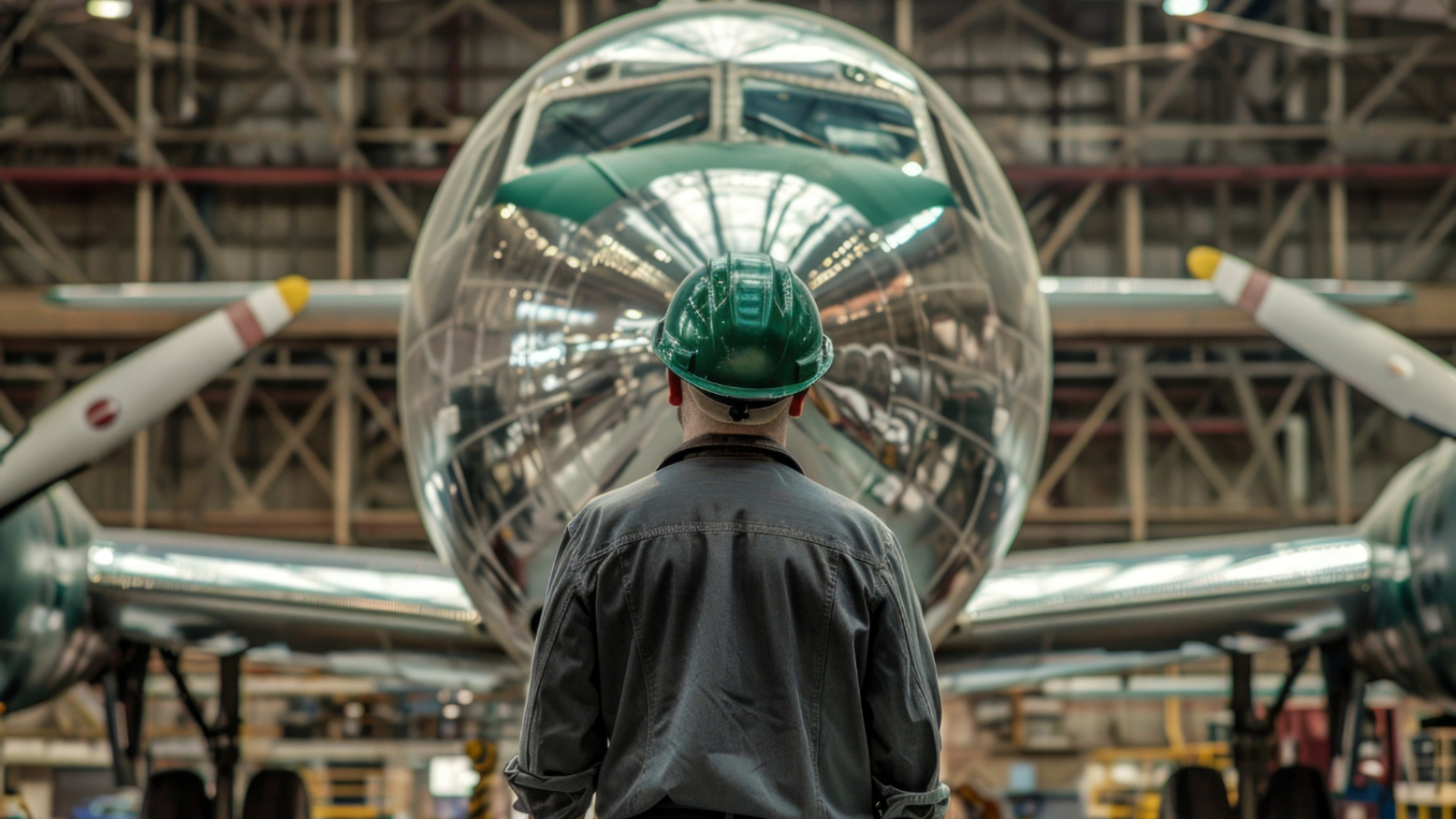Elevating Aircraft Maintenance with AI
The aviation industry is very hectic and its safety and efficiency through its aircraft is of most importance. With the increasing use of air transportation all over the world, there is also an increased need to have smarter and faster systems of maintaining these aircrafts. Introduce Artificial Intelligence (AI) as a disruptor of the aircraft maintenance industry that is on the way of making aircraft repairs more predictive, automated, and data-driven.
From Reactive to Predictive Maintenance
The maintenance of aircraft has always been scheduled- based or reactive in case of a problem. This normally leads to a surprise outage, excessive fixing charges and safety hazards. In the AI-driven predictive maintenance strategy, the aircraft systems are tracked in real-time via a designated set of sensors, machine learning, and data analytics.
The AI algorithms scan a huge degree of information, such as engine performance, hydraulic systems, fuel consumption, and even the weather to spot signs of an upcoming component fatigue or malfunction. This enables the technicians to correct problems before they cause a problem and hence a considerable cut in the unscheduled maintenance and expenses.
Real-Time Fault Detection and Diagnostics
AI provides a real-time control of onboard systems, which is based on the Internet of Things (IoT) sensors. These relayed sensors never give rest to reading the data and so the AI can sense the anomalies as and when they strike and appropriate correction measures can be recommended. Rather than to diagnose faults manually, AI can do it holistically in a few minutes, which increases accuracy and response rates.
This does not only enhance flight safety but also increases the turn around times which is essential to the airline operation.
AI-Driven Maintenance Scheduling
These schedules of aircraft maintenance are not easy; they entail various variables such as the flight hours, routes, and intensity of usage. Artificial intelligence makes this easier by making the scheduling process automatic. Incorporating real-time information and predictive models, AI has the potential to come up with optimized maintenance plans to get every aircraft at the right time without causing over-maintenance.
Such precision enables airlines to get maximum aircraft utilization, fewer operational delays, and compliance with regulatory laws.
Improved Inventory and Spare Parts Management
Logistics and inventory are one of the not-so-well-known aircraft maintenance issues. AI would be able to predict the need of spare parts in relation to the data of the past usage and predictive maintenance. This will secure the availability of parts when needed, and there is no over-stocking, resulting in improved inventories and reduced costs.
The Future of Aircraft Maintenance is AI-Driven
Since the aviation technology is still advancing, AI will only grow to have a larger influence in redefining the maintenance of aircrafts. The future can be marked by automated drones on aircraft inspection, augmented reality (AR)-based technician training, and digital twins, where a virtual copy of the aircraft has become a tool of real-time diagnostics and simulations.
Conclusion
AI in aircraft maintenance is not just about fixing problems—it’s about preventing them. By leveraging the power of data and machine learning, the aviation industry is moving toward a safer, smarter, and more efficient future. Airlines that embrace AI today are setting themselves up for superior performance, reduced costs, and enhanced passenger safety in the skies of tomorrow.


Add a Comment